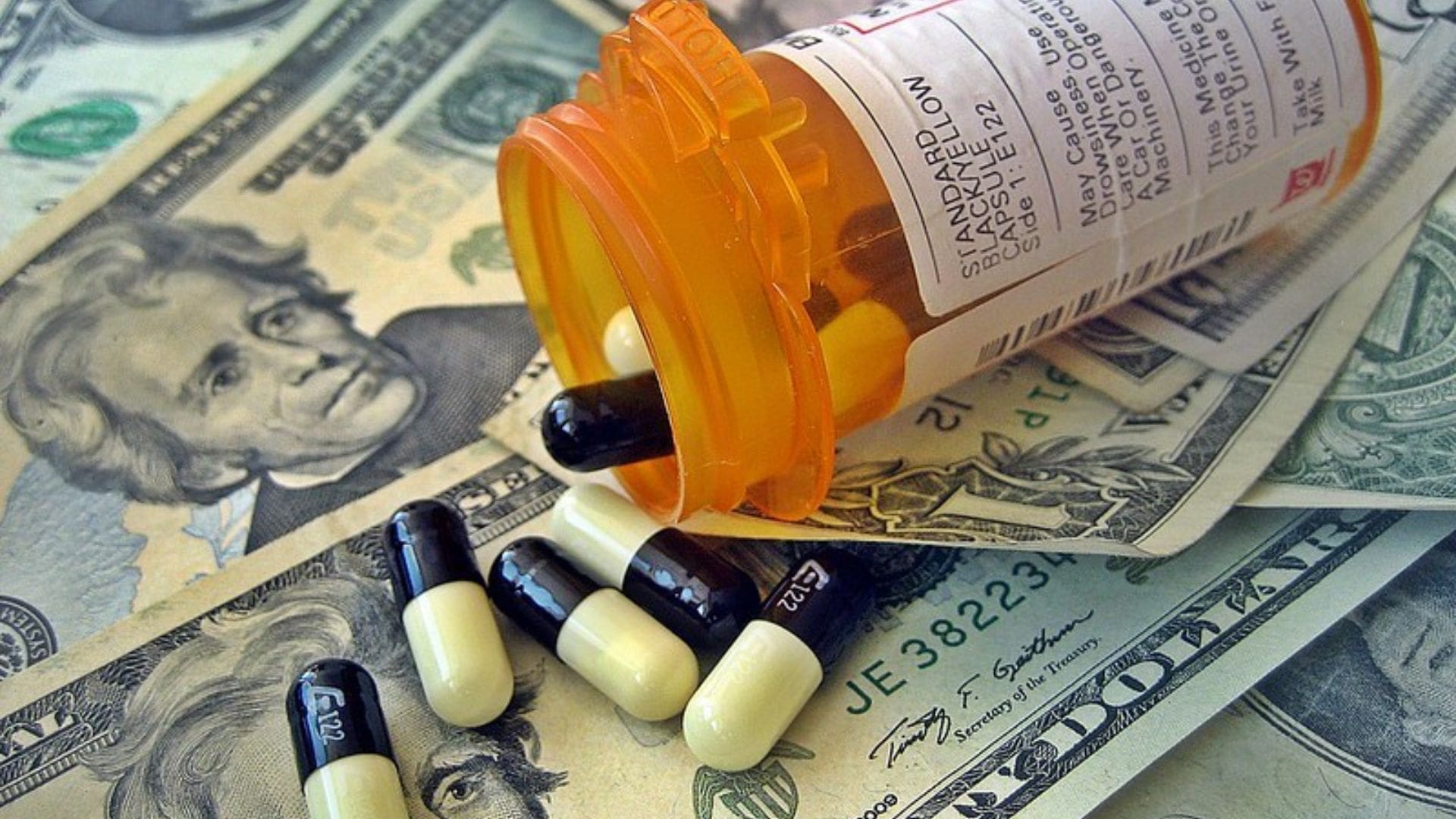Decoding Drug Pricing
- United States | 14 April 2019

Exploring the U.S. biopharmaceuticals industry would be incomplete without addressing the pressing issue of drug pricing. As the 2020 presidential election approaches, the topic of drug pricing has become a central focus for candidates from both parties. Lowering drug prices has become a shared goal, evident in President Trump’s appeal to Congress in his 2019 State of the Union speech, where he called for legislation to promote fairness and price transparency in the pharmaceutical industry.
There is no denying that healthcare expenditure in the United States is substantial, and the majority of the population understandably seeks change. In 2017, U.S. healthcare spending accounted for a staggering 17.9% of the country’s GDP, reaching $3.5 trillion or $10,739 per person, according to the National Health Expenditure Accounts (NHEA). This represented a 3.9% increase in healthcare spending compared to the previous year. Breaking down the figures further, it is projected that payments to hospitals and doctors will grow by $1.1 trillion from 2017 to 2026, which is more than four times the expected growth in prescription drug spending, as reported by CMS – National Health Expenditure Projections. Furthermore, in 2017, U.S. spending on prescription drugs accounted for 12% of total healthcare expenses, which is lower than the percentages observed in Germany, France (both 13%), and Canada (14%) in 2015, according to the Organisation for Economic Co-operation and Development (OECD). Considering that the United States consistently approves more than half of the world’s new drugs, despite having a rigorous approval process, blaming the biopharmaceuticals industry for healthcare costs sets a dangerous precedent. James Greenwood, president and CEO of the Biotechnology Innovation Organization, highlights the current situation, stating, “Medical innovation is simultaneously both at its moment of greatest hope and under the greatest political pressure we have seen.” He emphasizes that the private sector bears the majority of the research and development (R&D) costs and risks, which is often overlooked.
While it is true that the biopharmaceuticals industry can be highly profitable, it is important to recognize that these profits drive innovation in a high-risk industry. The Tufts Center for the Study of Drug Development estimated the cost of bringing a drug to market at $2.6 billion in 2014, a staggering 145% increase from their 2003 figure. Despite these escalating costs, the net price increases for drugs have been decreasing and have remained in single digits over the past six years. In this critical moment, the industry needs to unite and educate Congress and the public about the complexities of drug discovery and development. When a system is broken, as the U.S. healthcare system seems to be, it is easy to assign blame. However, when an innovative drug or technology has the potential to become a treatment or even a cure, and in turn, prevent decades of healthcare costs, the price of drugs needs to be considered in a broader perspective. For instance, Gilead’s drugs, such as Sovaldi®, Harvoni®, and Epclusa®, have revolutionized the treatment of Hepatitis C by offering a cure. Considering the substantial healthcare costs associated with Hepatitis C, including hospitalization, liver transplants, and related procedures, the long-term savings enabled by these drugs, or the “costs avoided,” become evident.
In conclusion, drug pricing remains a critical issue in the U.S. biopharmaceuticals industry. As the nation approaches the 2020 presidential election, it is clear that addressing this concern is a shared objective. However, it is essential to acknowledge the complexities of the healthcare system and the significant investment required for drug discovery and development. By fostering collaboration and understanding among stakeholders, the industry can navigate this challenging landscape and work towards a more sustainable and accessible healthcare system that prioritizes both innovation and affordability.








